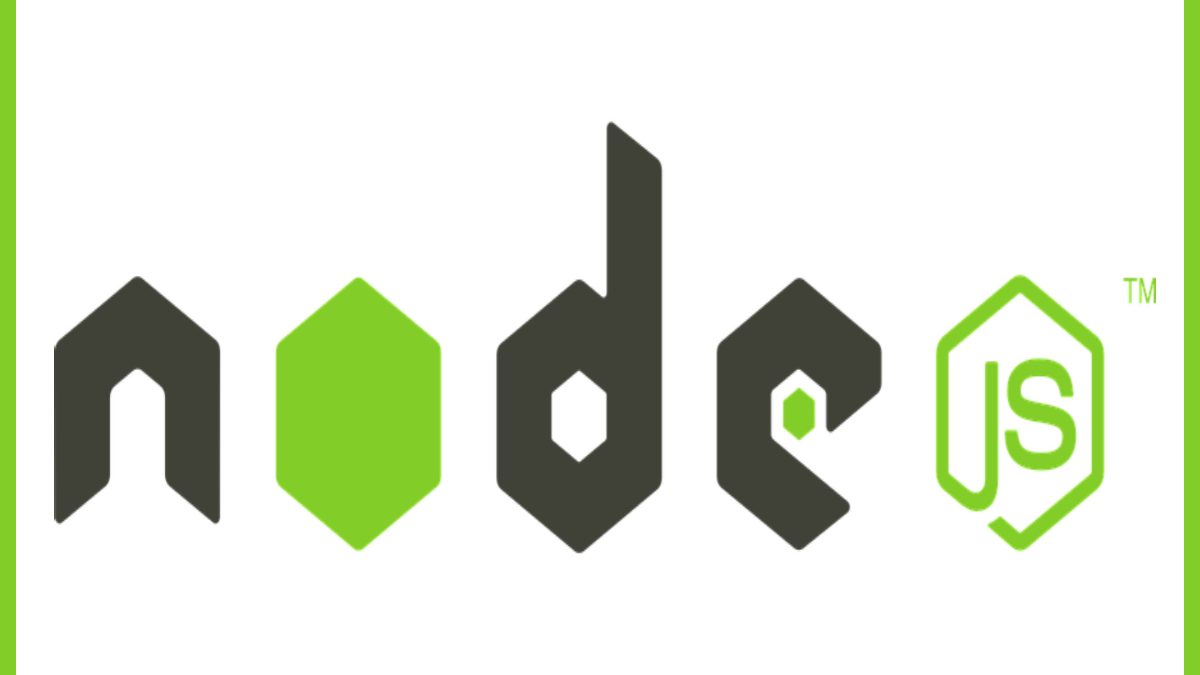A Short Guide on the Node JS – Node.js is a framework that works on the server side and enables interaction with JavaScript via the V8 engine. This language performs the action on the side of a client, while Node – on the server one. With Node, you can develop full-fledged applications. Thanks to this tool you can work with external libraries, call commands from JavaScript code, and act as a web server.
Node.js is becoming more popular, since the owners of large enterprises and companies tend to choose it. Just bear in mind that eBay, Uber, Google, and even Netflix already benefit from it. To realize why it becomes so well-demanded, let’s get a closer look into Node.js.
Before the invention of Node.js, the app written with the help of JavaScript l could be run only in a browser. Now it is also possible for servers.
Table of Contents
The Node.js basics
The platform itself was built in 2009 by American programmer Ryan Dahl. This tool works on the V8 engine. It transfers JavaScript into machine code. In simple words, Node.js is a C++ based app that gets JavaScript code as the end product. To interact with I/ O appliances on computers, the platform provides its own interface written in C++. In such a way, this tool turns the specialized JavaScript language into a general-purpose one. It means that any computer program can be written with the help of Node.js. It enables the usage of one language for both for frontend and backend development purposes. These peculiarities of Node.js are pivotal for creating real-time apps focused on developments.
How you can apply Node.js
This tool is applied for numerous tasks. It is especially challenging to find a backend development company where specialists don’t make use of Node.js. This tool allows developers to build programs for numerous operating systems. Among them Windows, Linux, OS, etc. It may also be applied for managing API issues.
Node.js is entirely beneficial for building cross-platform apps. For example, an inventory of tasks that have to work on different platforms, synchronize data in real time and send it to a mobile device. Node.js is used for the development of services that enable constant information exchange with the user. Among such services may be viewed online games, social networks, text editors, chats, etc.
Node.js serves as a basis for the Internet of Things or simply IoT. The platform manages devices and creates servers that can simultaneously process a large number of requests.
The advantages of Node.js
1. Flexibility
In Node.js, you can quickly switch to new ECMAScript standards shortly after they are implemented. New language features become available as soon as you install a version of Node.js that supports them.
2. Performance
Node.js allows developers to conduct the processing of other tasks without waiting till data transfer ends. It becomes possible thanks to the asynchronous development approach. When an I/O operation, Node.js doesn’t block the main flow with a results waiting time. The platform initiates its execution and continues to perform other tasks until the results of the previous operation are received.
3. Great number of available libraries
.The Node.js ecosystem is growing considerably thanks to the NPM package manager. It contains more than 500,000 open-source modules and libraries that are available for free. What’s more, the new ones continue to emerge.
4. The opportunity to use just one language
If a programmer has mastered JavaScript, it will be easier for him to learn the Node.js framework rather than a radically different tool. There is not much code used both on the client and on the server side, but it still exists. The main thing is to understand that objects with the same names can perform completely different functions in the browser and on the backend.
Final thoughts
Node.js is a JavaScript framework that makes the developers’ lives much easier. Applied by both frontend and backend developers this tool speeds up the development process and supports cross-platform building. If you are familiar with a JavaScript language it will be relatively easy for you to master this framework. The devoted time and effort will pay you off later!
Related posts
Recent Posts
How Can I Find The Best 3PL Services Company Online In Virginia?
In the world of logistics and supply chain management, which is bursting with activity, finding a good third-party logistics (3PL)…
Sharding and Scaling Solutions: Bitcoin and Harmony
Bitcoin and Harmony – Blockchain technology has transformed the way we think about financial transactions and data security. However, as…

